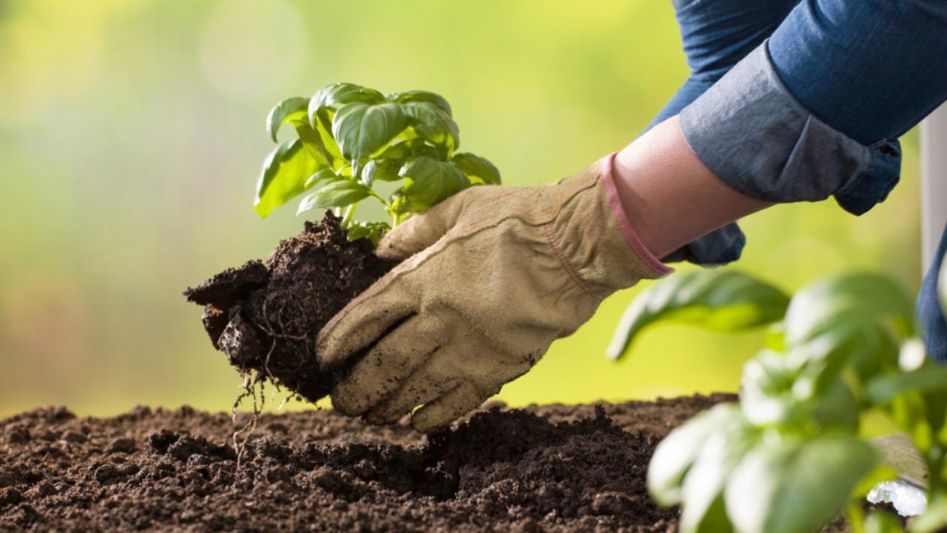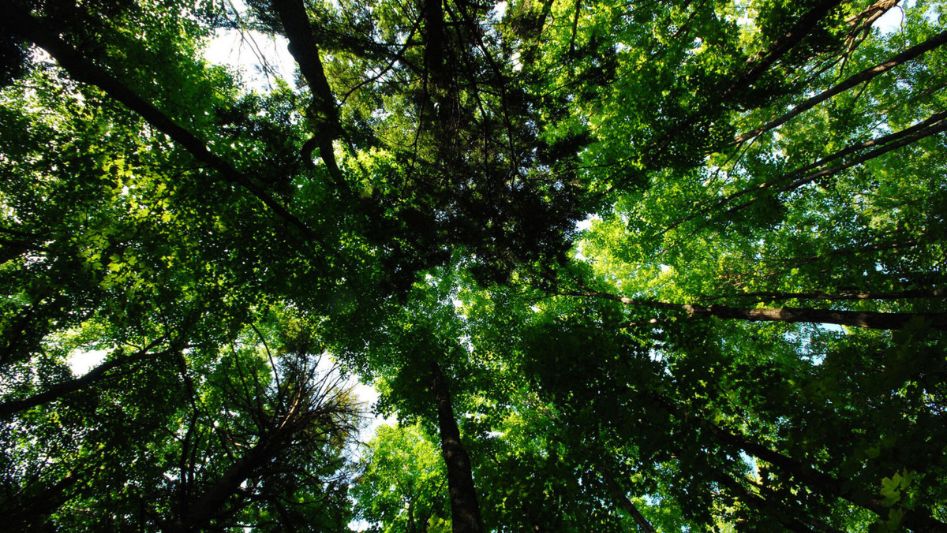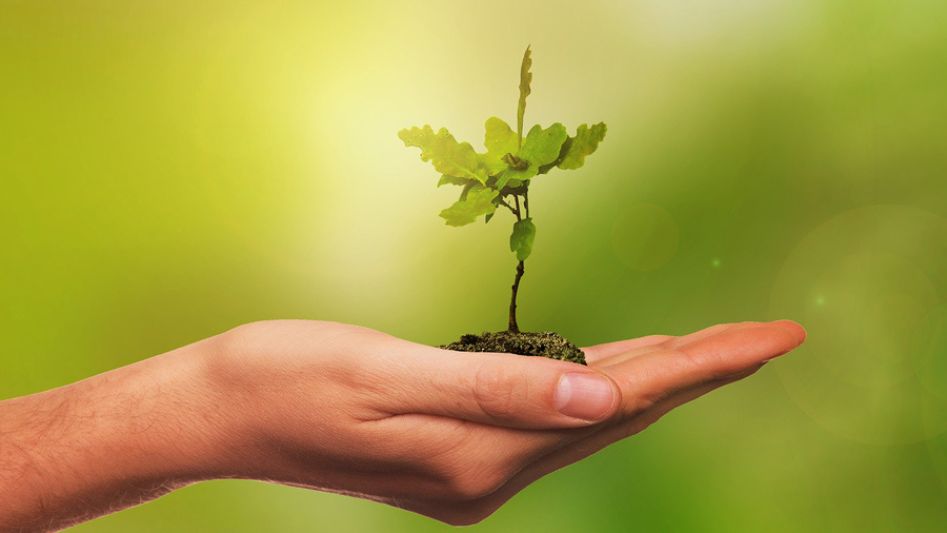Planting is a great way to help sequester carbon emissions. Through photosynthesis, trees absorb carbon dioxide to produce oxygen and wood
Table Of Content
- Introduction
- What Is Your Carbon Footprint?
- How Do Carbon Offsets Work?
- Planting Trees Will Sequester Carbon In The Future
- Forests And Carbon Sequestration
- Conclusion
- FAQ
- You May Also Like
- External Links
If you’ve been keeping up with the climate problem, you know that human activity is likely at least largely to blame and that annually, people emit roughly 40 billion tons of carbon dioxide (CO2) and other greenhouse gases (GHGs) into the atmosphere. The question then becomes, “What can you do to address your influence and flatten the carbon curve?” To get started, just start thinking about how your daily activities and consumption habits affect the amount of carbon dioxide gas released into the atmosphere.

What Is Your Carbon Footprint?
The term “carbon footprint” is used to describe the amount of carbon dioxide (CO2) that humans generate on a daily basis. When you consume more energy, you increase your carbon footprint, regardless of how far you are from the smokestacks and power plants that burn fossil fuels to generate electricity. Is there a way to lessen your impact on the environment?
The following are some suggestions for reducing your carbon footprint.
- When feasible, choose to travel by means other than a private vehicle.
- Buy foods and other items that were made in the area.
- Those who produce carbon dioxide emissions may offset their impact by paying a fee.
- Reduce your impact on the environment by planting trees.
- Embrace a healthy, environmentally responsible diet.
- Reduce your home’s energy use.
- Practice zero waste, recycling, and reusing.
- Get your power from eco-friendly sources.
Carbon reduction looks different for everyone since people have various lives and access to resources, but if you take a look around and think about how you can decrease your carbon emissions, something will probably stick out as an obvious next step.
How Do Carbon Offsets Work?
Carbon offsets, which include paying for a mechanism that can be proved to absorb carbon dioxide from the atmosphere, are a solution that is poorly understood but receives a lot of buzz.
What’s the mechanism here? Carbon offsets are essentially a sort of barter. If you can’t eliminate all of your carbon impact, you may offset it by paying a fee. Perhaps you have a job that requires frequent travel, you’re saving up for a major purchase and can’t afford any major house improvements right now, or you’re stuck in a remote area with no convenient means of transportation.
While reducing emissions to begin with is the most efficient course of action, carbon offsets may provide a cost-effective alternative by providing a net benefit to the environment and bolstering the planet’s natural filtering systems. At the moment, carbon offsetting initiatives center on protecting already existing forests.
Trees are tested yearly at the start of a project and then every few years to confirm their ability to absorb CO2.Auditors will often inspect a subset of the same trees on each assessment of the forest, in addition to a large number of randomly selected trees across the allotted area.
Your contribution will help guarantee that these trees will be able to continue growing and absorbing carbon without having to worry about being chopped down.

Planting Trees Will Sequester Carbon In The Future
Trees are natural carbon absorbers and contribute to air purification since they require carbon dioxide to construct their trunks, branches, roots, and leaves. A fully grown tree may absorb up to 22 pounds of carbon dioxide per year for the first 20 years of its life. Furthermore, healthy trees stabilize soil, house species, moderate climate, limit the movement of water across landscapes, provide food and medicine, and do a variety of other things.
Of course, tree planting is fantastic, but like any other endeavor, its success depends on careful preparation. Although trees of local origin should always be given preference, it’s worth noting that various tree species absorb carbon at varying rates. Though it’s tempting to plant fast-growing trees with a larger immediate absorption capacity, a more prudent strategy would be to plant a combination of fast- and slow-growing trees to guarantee a more even and timely sequestration of carbon.
Forests And Carbon Sequestration
Our approach for calculating carbon emissions shows that the amount of CO2 sequestered by a hectare of trees throughout their first 20 years of development may be anything from 4.5 tons to 40.7 tons per year. The decimation rate is calculated on an area basis rather than a tree basis, and it varies depending on factors such as forest location and kind. Since forests include several tree species, this method is appropriate. In addition, it’s possible that 20 years after a restoration effort, none of the original trees planted will still be standing. Trees gradually die off, and new trees grow from seeds dispersed by wind and animals.
There are few exceptions, but in general, the denser wood of deciduous trees like oak makes them a greater carbon sink than their coniferous counterparts. Among evergreens, Douglas fir, Ponderosa pine, and redwoods stand out; other species, such as London plane, teak, and eucalyptus, have also demonstrated great success.In order to maximize the efficiency of your offsets, it is crucial that you plant trees in a way that maintains both ecological stability and their capacity to absorb carbon dioxide from the atmosphere.
Therefore, more tree planting is the only solution, right? Unfortunately, it’s not quite that easy. While reforestation is a crucial aspect of any comprehensive plan to reduce the effects of climate change, it is necessary to remember that this action cannot be taken in isolation.
Protecting forests, cutting down on pollution, and giving the health of the planet first priority are all equally vital. All of these steps are related, and we need to do them all to decrease global greenhouse gas emissions.
Conclusion
Fighting global warming requires a multifaceted approach, one of which is the protection of the world’s forests. In order to lessen the rate of deforestation, it is imperative that we preserve the woods we already have. Carbon sequestration isn’t the only long-term advantage of protecting forests; preserving them also helps the land, the animals, and the people who live there. Carbonfund is involved in several forest preservation initiatives all around the world. Many of these endeavors are situated in the country of Brazil; however, some may be found in Panama and the United States. Funding tree-planting initiatives is a great way to leave a healthy world for future generations.

FAQ
Does planting trees remove carbon?
Trees mitigate global warming by sucking CO2 out of the air, sequestering it in their wood and soil, and releasing oxygen into the atmosphere as they mature. Every day, trees give us more than we can count.
How does a tree remove carbon?
A forest is the most effective carbon capture system currently available. By means of photosynthesis, plants absorb atmospheric carbon dioxide, store it chemically as sugar, and expel oxygen.
How does planting trees remove CO2?
Trees play an important role in mitigating climate change by reducing atmospheric concentrations of carbon dioxide. Trees absorb carbon dioxide from the atmosphere via photosynthesis, which they then use to expand their foliage, trunk, and root systems. Large amounts of carbon may also be stored in the soil of forests.
You May Also Like
- 6 WAYS TO PLANT MORE TREES THIS YEAR
- COULD WASTE-TO-ENERGY BE THE GREEN SOLUTIONS FOR EMERGING MARKETS?
- RENEWABLE ENERGY: THE FACTS OF THIS GREEN REVOLUTION
- 25 CITIES PRODUCE MORE THAN HALF OF WORLD’S URBAN GREENHOUSE GAS EMISSIONS
- ACTIONS TO ACHIEVE NET-ZERO EMISSIONS IN HONG KONG
